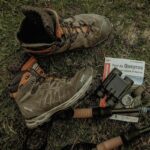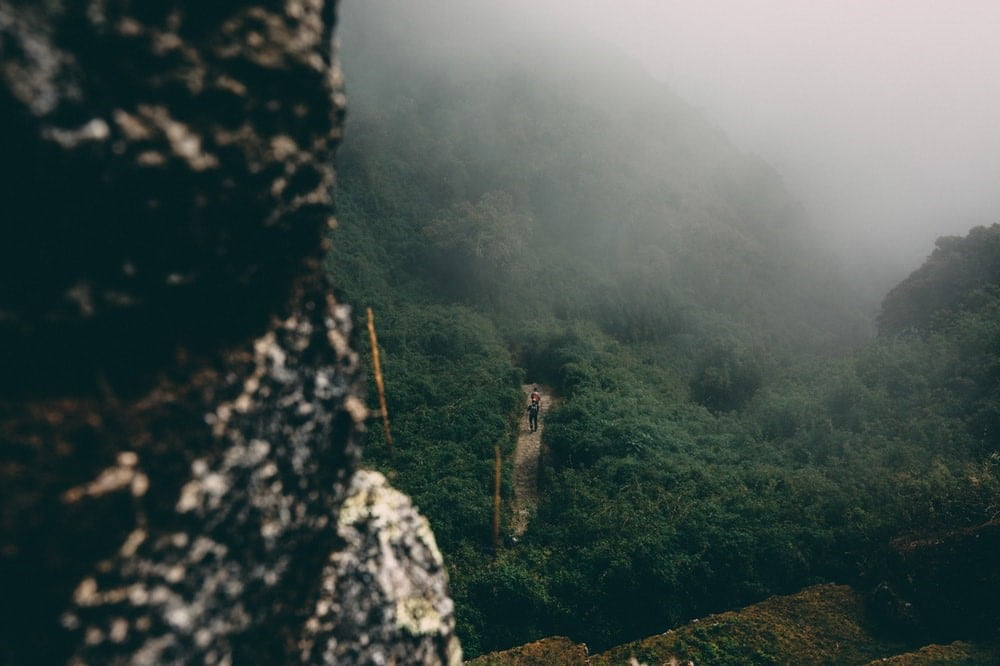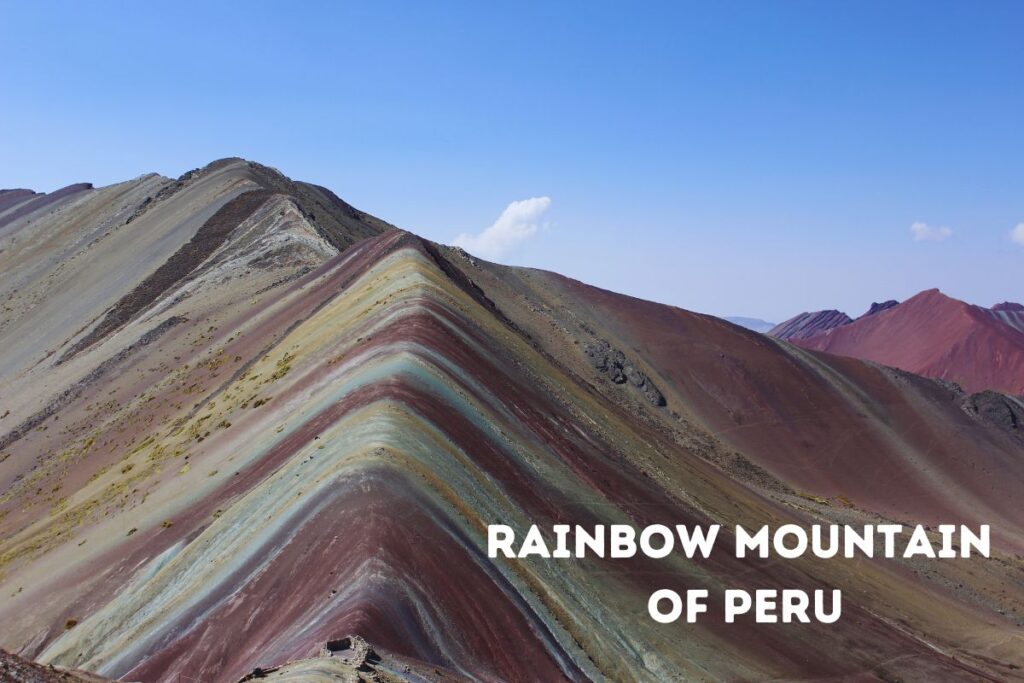Where is Machu Picchu located? Machu Picchu, often referred to as the “Lost City of the Incas,” is one of the most iconic archaeological sites in the world. Nestled high in the Andes Mountains of Peru, this 15th-century Inca citadel continues to captivate travelers and historians alike. In this detailed guide, we’ll explore the exact location of Machu Picchu, its geographical significance, and provide answers to frequently asked questions to help you plan your visit.
Must do Tours
where is machu picchu location
Machu Picchu is situated in the eastern part of the Andes Mountains in southern Peru. Specifically, it lies in the Machupicchu District of the Urubamba Province, within the Cusco Region. The site is approximately 80 kilometers (50 miles) northwest of Cusco, Peru’s former capital and a major tourist hub. Machu Picchu sits at an elevation of 2,430 meters (7,970 feet) above sea level, offering breathtaking views of the surrounding mountains and valleys
Which Continent Is Machu Picchu Located On?
Machu Picchu is located on the continent of South America. It is positioned in the western part of the continent, within the country of Peru. South America is known for its diverse landscapes, rich cultural heritage, and historical landmarks, with Machu Picchu being one of its most celebrated treasures.
Where Is Machu Picchu Located in South America?
In South America, Machu Picchu is found in the western-central part of the continent, specifically in the southern region of Peru. It is part of the Andes mountain range, which stretches along the western edge of South America. The site is situated above the Urubamba River valley, nestled between two prominent peaks: Machu Picchu and Huayna Picchu.
Where Is Machu Picchu Located in Peru?
Machu Picchu is located in the Cusco Region, which is one of the most culturally significant areas of Peru, renowned for its deep Incan history and spectacular landscapes. The site lies within the Urubamba Province, specifically in the Machu Picchu District. Situated at an altitude of 2,430 meters (7,970 feet) above sea level, Machu Picchu is perched high in the Andes, offering breathtaking views of the surrounding valleys and mountains.
To reach the iconic citadel, travelers typically begin their journey in Cusco, a UNESCO World Heritage Site and the former capital of the Inca Empire. From Cusco, visitors take a scenic train ride along the Sacred Valley of the Incas, passing through villages and farmland, to Aguas Calientes (also called Machu Picchu Pueblo), a small town nestled at the foot of the mountain. The town is the main base for visitors before ascending to the site itself. From Aguas Calientes, travelers can either take a bus or hike the Inca Trail or other trekking routes to reach the entrance of Machu Picchu.
Machu Picchu’s location, surrounded by steep cliffs, dense forests, and the meandering Urubamba River, gives it an air of mystery and awe, making it one of the most famous and visited archaeological sites in the world.
Where Is Machu Picchu Located in Cusco?
In relation to the city of Cusco, Machu Picchu is situated approximately 80 kilometers (50 miles) northwest of the city center. Cusco, once the heart of the Inca Empire, serves as the main gateway to the Sacred Valley and Machu Picchu.
The journey to Machu Picchu from Cusco is both scenic and historical, taking visitors through the Sacred Valley, a region rich in archaeological sites, vibrant villages, and terraced landscapes. From Cusco, visitors have two primary options to reach Machu Picchu:
- By Train: The most popular way to reach Aguas Calientes (the town near Machu Picchu) is by taking the train from Cusco. The PeruRail and Inca Rail services offer scenic and comfortable routes, typically departing from Poroy Station (20 minutes from downtown Cusco) or Ollantaytambo Station (in the Sacred Valley). The train ride takes around 3.5 to 4 hours and offers stunning views of the mountains and valleys along the way.
- By Bus: After arriving in Aguas Calientes, visitors can take a bus to the Machu Picchu entrance. The bus ride takes approximately 25 minutes, winding up the mountainside with beautiful views of the surrounding jungle and valley.
- By Foot (Trekking): For those seeking a more adventurous experience, there are several trekking routes leading to Machu Picchu, including the classic Inca Trail, as well as the Salkantay Trek and Lares Trek. These routes offer the opportunity to hike through stunning Andean landscapes and ancient Inca sites, but require more preparation, physical fitness, and advanced permits.
Once in Aguas Calientes, visitors can spend the night at one of the many hotels, hostels, or luxury accommodations before making the final ascent to the citadel the next day.
Strategic Location ofMachu Picchu
Machu Picchu’s location was carefully chosen by the Incas for a variety of strategic, cultural, and spiritual reasons. Situated in one of the most rugged and awe-inspiring landscapes on Earth, it is surrounded by dramatic mountain peaks, deep valleys, and the winding Urubamba River. This geographical positioning served multiple purposes:
Natural Defense and Fortification
Machu Picchu is perched on a mountain ridge at an elevation of 2,430 meters (7,970 feet), offering a natural defense against any potential invaders. The site is surrounded by steep cliffs and deep ravines, making it virtually inaccessible from most directions. Additionally, the Urubamba River runs along the site’s southern edge, further enhancing its defensive capabilities. The river, known as the Vilcanota River upstream, winds through the Sacred Valley, adding a natural barrier and providing strategic control over the surrounding region. This combination of mountain ridges and the river made Machu Picchu a near-impenetrable fortress.
Influence of the Vilcanota River
The Vilcanota River, which flows through the Sacred Valley, is another critical element in the strategic location of Machu Picchu. The river, which serves as the main tributary to the Urubamba River, provided not only a natural barrier for defense but also served as an important water source for the site. In Incan culture, rivers were revered as sacred, believed to be the pathways to the underworld, and the Vilcanota River held particular spiritual significance. It was also a crucial lifeline for the surrounding agricultural areas, providing irrigation to the fertile lands of the Sacred Valley.
Frequently Asked Questions
What are the GPS coordinates of Machu Picchu?
The GPS coordinates for Machu Picchu are approximately 13°9′47″S latitude and 72°32′42″W longitude. latlong.net
How do I get to Machu Picchu from Cusco?
Travelers can take a train from Cusco to Aguas Calientes, the nearest town to Machu Picchu. From Aguas Calientes, buses or hiking trails lead up to the citadel.
Is there an airport near Machu Picchu?
The nearest airport is in Cusco, known as Alejandro Velasco Astete International Airport. From Cusco, visitors can take a train to Aguas Calientes.
What is the best time to visit Machu Picchu?
The dry season, from May to September, is considered the best time to visit, offering clear skies and pleasant temperatures.
Are there any accommodations near Machu Picchu?
Yes, Aguas Calientes offers a range of accommodations, from budget hostels to luxury hotels, for visitors.
Can I hike to Machu Picchu?
Yes, there are several trekking routes, including the Inca Trail, that lead to Machu Picchu. Permits are required for some trails.
Is Machu Picchu accessible year-round?
Yes, Machu Picchu is open year-round. However, during the rainy season (November to March), some trails may be slippery, and fewer services are available.
Conclusion
Machu Picchu’s location in the heart of the Peruvian Andes, surrounded by natural beauty and steeped in history, makes it a must-visit destination for travelers worldwide. Understanding its geographical context enhances the appreciation of this ancient marvel. Whether you’re planning a visit or simply curious about its whereabouts, this guide provides the essential information to locate and understand the significance of Machu Picchu.
I am Carlos, founder of Machu Picchu Soul, a local tour operator and travel agency based in Cusco, Peru. My journey in tourism began as a porter on the iconic Inca Trail, where I developed a deep connection with the land and its history. After years of dedication, I became a professional tour guide, honing my skills to deliver exceptional experiences. With over 15 years of expertise, I decided to establish Machu Picchu Soul to combine my passion for authentic travel with a commitment to supporting local communities and creating unforgettable adventures for our guests.




